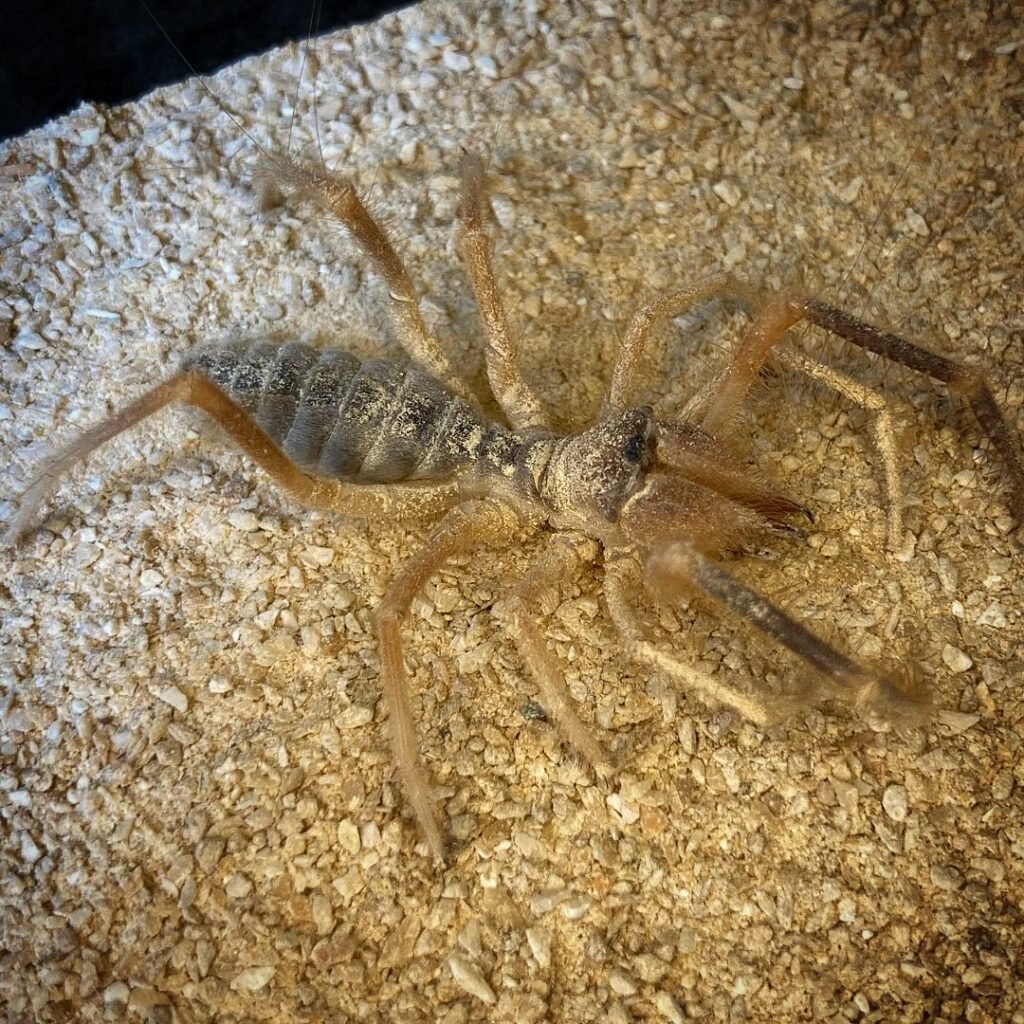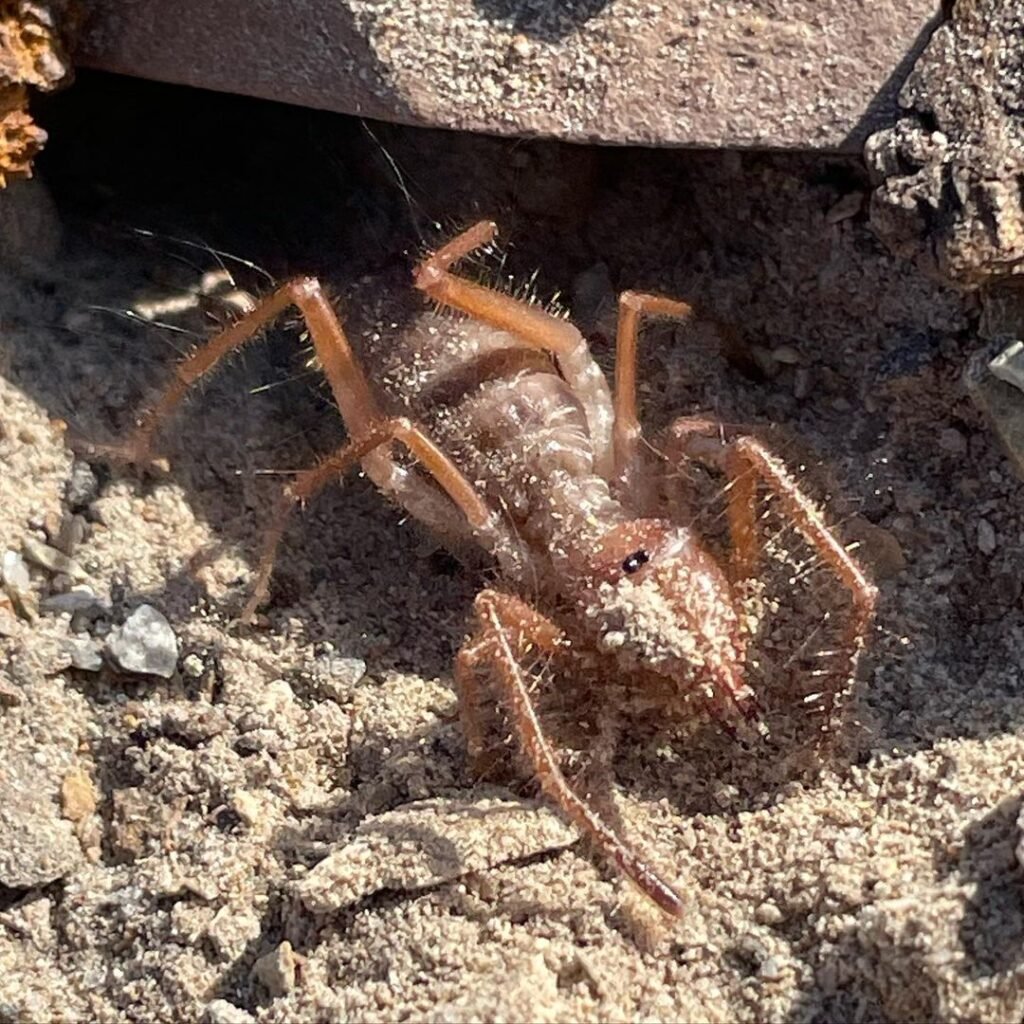Camel spiders, also known as solifugids, are fascinating yet often misunderstood arachnids. Learn the truth about their appearance, behavior, and how to handle encounters with these desert-dwelling creatures.
If you’ve spent time in desert regions or served in the military in the Middle East, you may have heard terrifying tales about camel spiders – massive, aggressive arachnids that chase after humans and can run at incredible speeds. While these stories make for great campfire horror tales, the truth about camel spiders is far less sensational, but no less fascinating.
What Are Camel Spiders?

Camel spiders, also known as solifugids or wind scorpions, are a type of arachnid that belongs to the order Solifugae. They are not true spiders, nor are they related to scorpions, despite their common names. These creatures are found primarily in arid and semi-arid regions around the world, including parts of the southwestern United States, Mexico, and the Middle East.
Appearance and Size

Camel spiders have a distinctive appearance that can be unsettling to some. They have elongated bodies with two large chelicerae (jaw-like appendages) protruding from their faces. Their bodies are covered in thick, hair-like setae, which help protect them from the harsh desert environment.
Despite their fearsome looks, most camel spider species are relatively small, ranging from 1 to 2 inches in length. However, some species can grow much larger, with the giant Galeodes arabs, found in parts of the Middle East, reaching up to 6 inches in length.
Myths and Misconceptions

Over the years, numerous myths and misconceptions have surrounded camel spiders, often fueled by exaggerated stories and urban legends. Here are some of the most common myths debunked:
Myth: Camel spiders can run at blazing speeds of up to 25 mph.
Fact: While camel spiders are fast, they cannot outrun a human. Their top speed is likely around 10 mph, which is still impressive for an arachnid.
Myth: Camel spiders are highly venomous and their bite is extremely painful or even deadly to humans.
Fact: Camel spiders are not venomous and their bites, while potentially painful, are not dangerous to humans.
Myth: Camel spiders can jump several feet in the air and will deliberately chase and attack humans.
Fact: Camel spiders cannot jump and are generally not aggressive towards humans unless threatened or provoked.
Behavior and Habitat

Camel spiders are primarily nocturnal and spend most of their time hiding in burrows or under rocks and debris during the day. They are opportunistic predators and feed on a variety of small insects, lizards, and other invertebrates.
While they prefer arid environments, camel spiders require some moisture to survive and are often found near oases, dry riverbeds, or areas with high humidity levels. They are well-adapted to desert conditions and can go for long periods without food or water.
Dealing with Camel Spider Encounters
Despite their intimidating appearance, camel spiders are generally harmless to humans unless provoked or threatened. However, if you encounter one, it’s best to leave it alone and avoid any unnecessary interaction.
If a camel spider does find its way into your home or living space, here are some tips for safely removing it:
- Use a long-handled broom or dustpan to gently sweep or scoop up the camel spider.
- Wear gloves or use a thick towel to pick up the arachnid, taking care not to squeeze or harm it.
- Release the camel spider outside, away from your home or living area.
Remember, camel spiders are important members of the desert ecosystem and play a vital role in controlling insect populations. Killing them unnecessarily is not recommended.
While camel spiders may not be the horrifying monsters portrayed in urban legends, they are undoubtedly unique and fascinating creatures. By understanding the facts about their appearance, behavior, and habitat, you can appreciate these desert-dwelling arachnids without fear or misconception.
Pingback: Growing and Caring for Beautiful Bird’s Nest Ferns -
Pingback: Complete Guide to Growing Dragon Fruit Plants at Home -
Pingback: Nature’s Beauty: Trees That Start with ‘D’